Spiders
There are more than 45000 known species of spiders all around the world. In our area, we primarily deal with 5 of those species: black widows, brown recluses, wolf spiders, funnel spiders, and the southern house spider.
Some spiders, such as the black widow, use venom to kill or paralyze their prey. Spiders actively hunt or spin webs to trap other insects for consumption. The best way to control your spider population is through a routine pest control service. Not only does the spray kill spiders directly, it also helps eliminate them by killing other pests that may come in contact with the spray. Another vital part of the routine service is the wiping of webs. Wiping the webs takes away the spider’s way of trapping their food source, leaving them with little to no way of hunting their food.
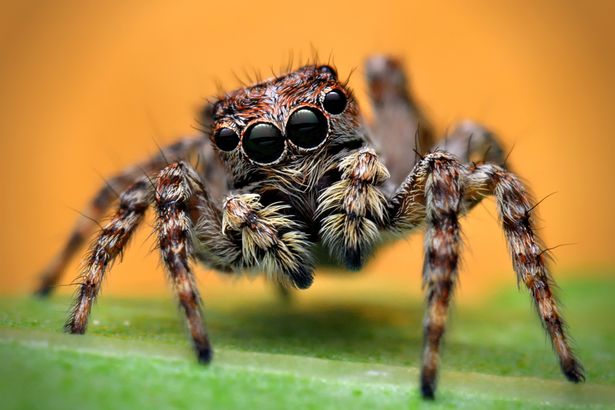

Black Widow
Size: 1/2 to 1.5 inches
Color: Shinny black with red hourglass
Location Found: Dark areas, furniture, near outdoor lights
Treatment: Spraying and webstering

BLACK WIDOW
BROWN RECLUSE
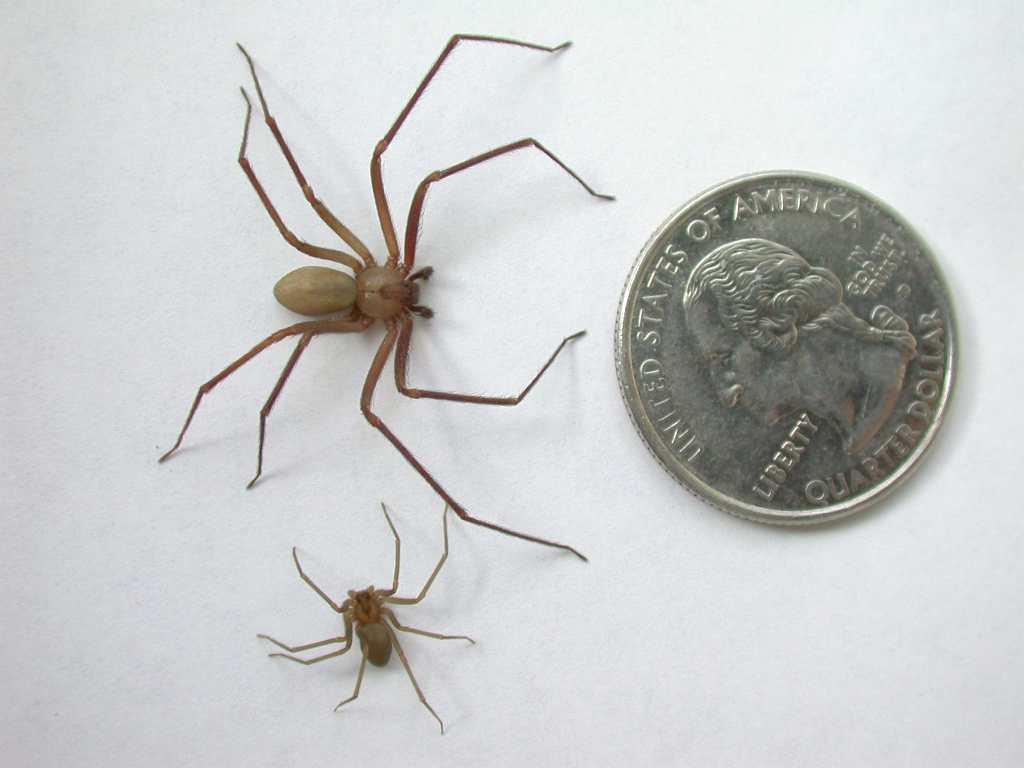
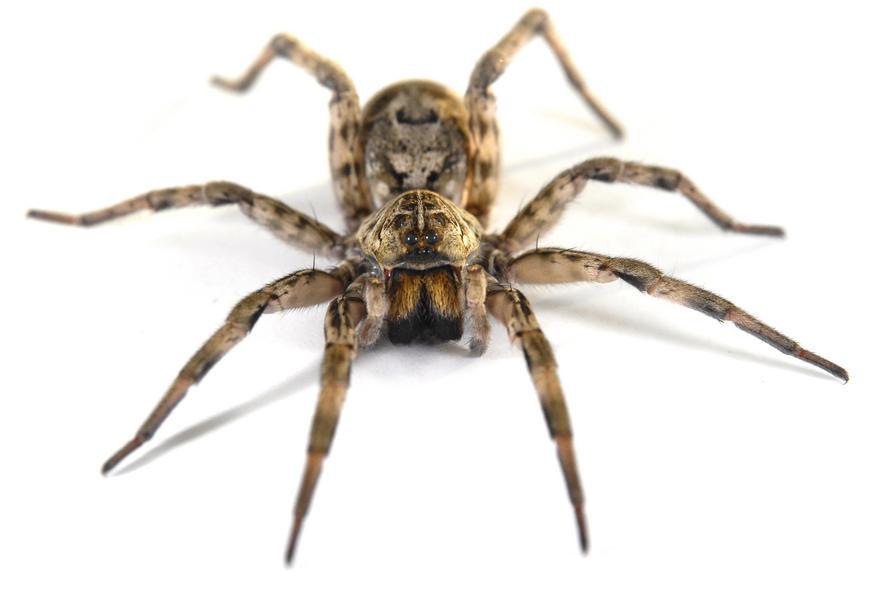
WOLF SPIDER
FUNNEL SPIDER
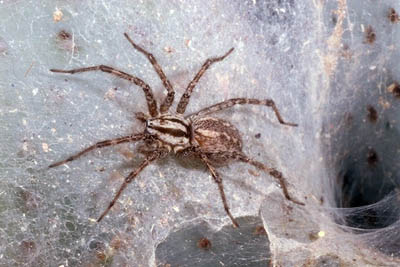
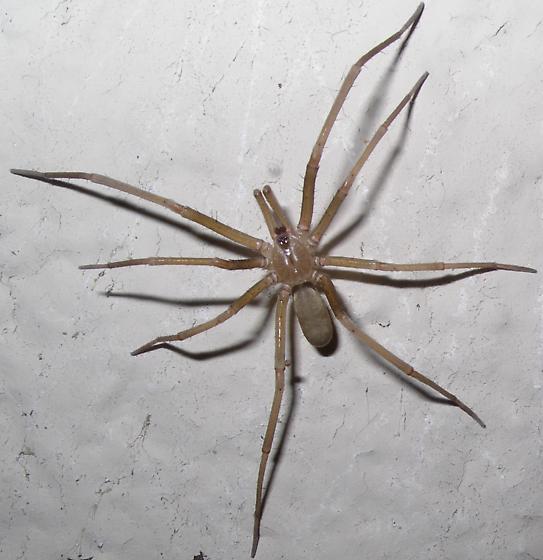
SOUTHERN HOUSE SPIDER


